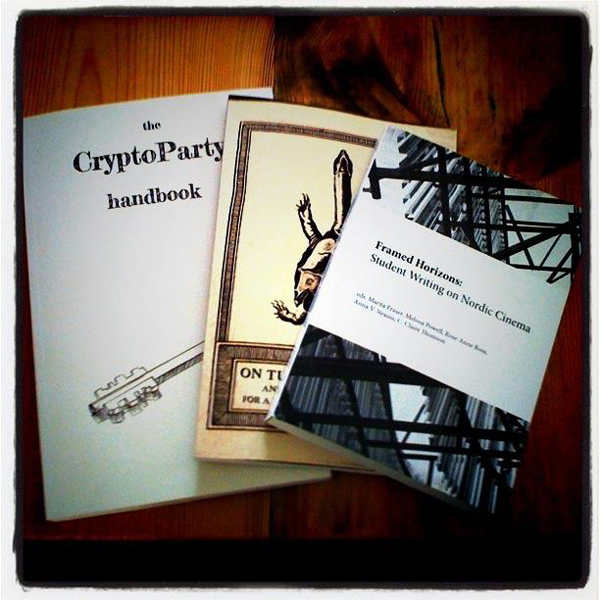
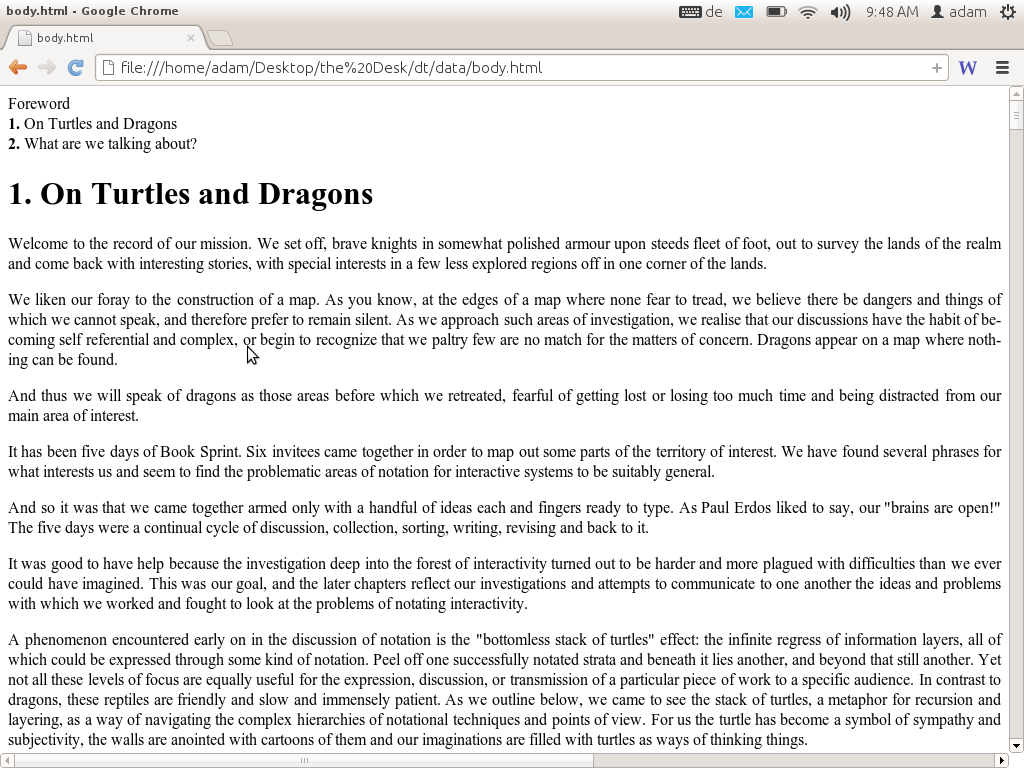
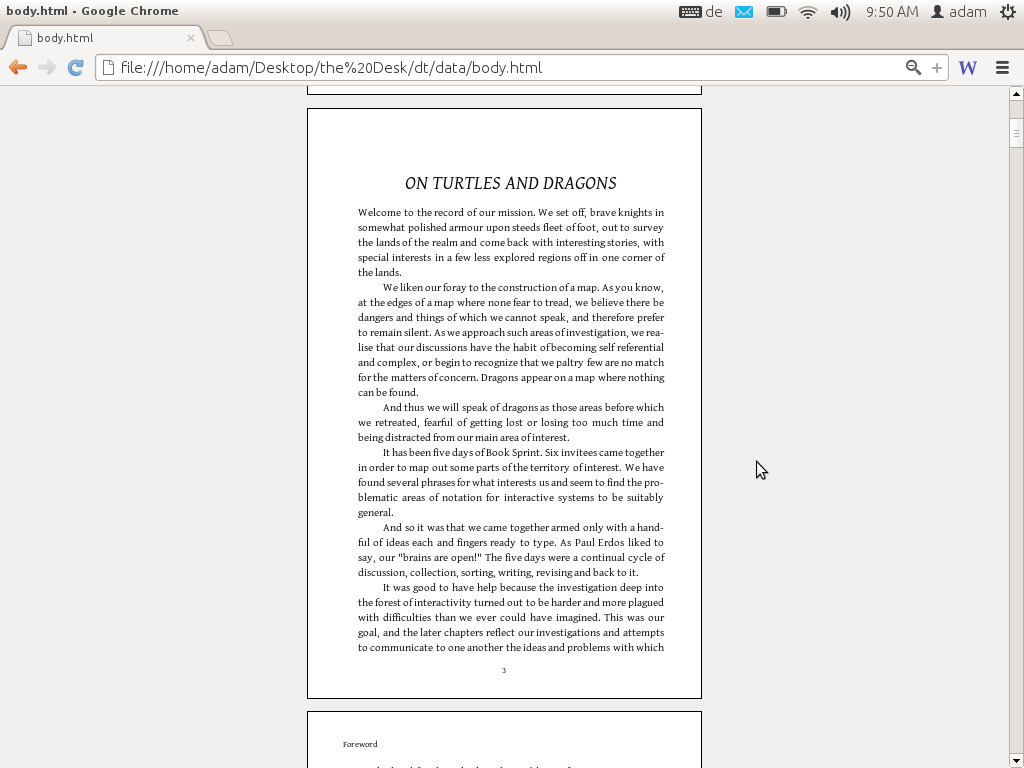
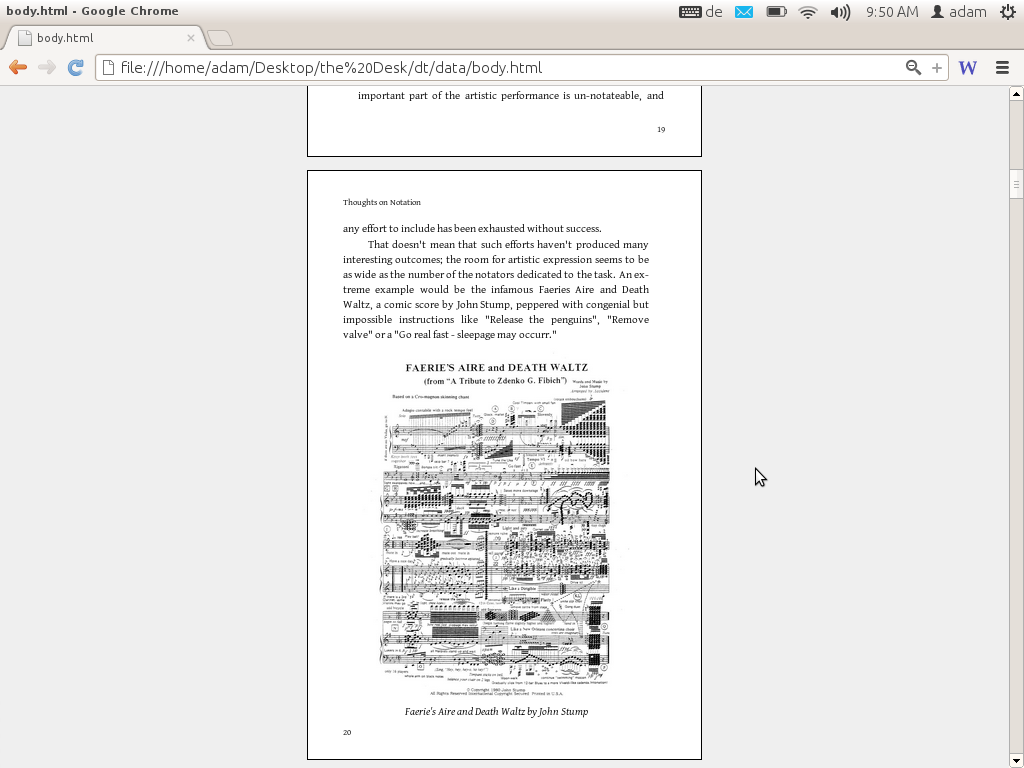
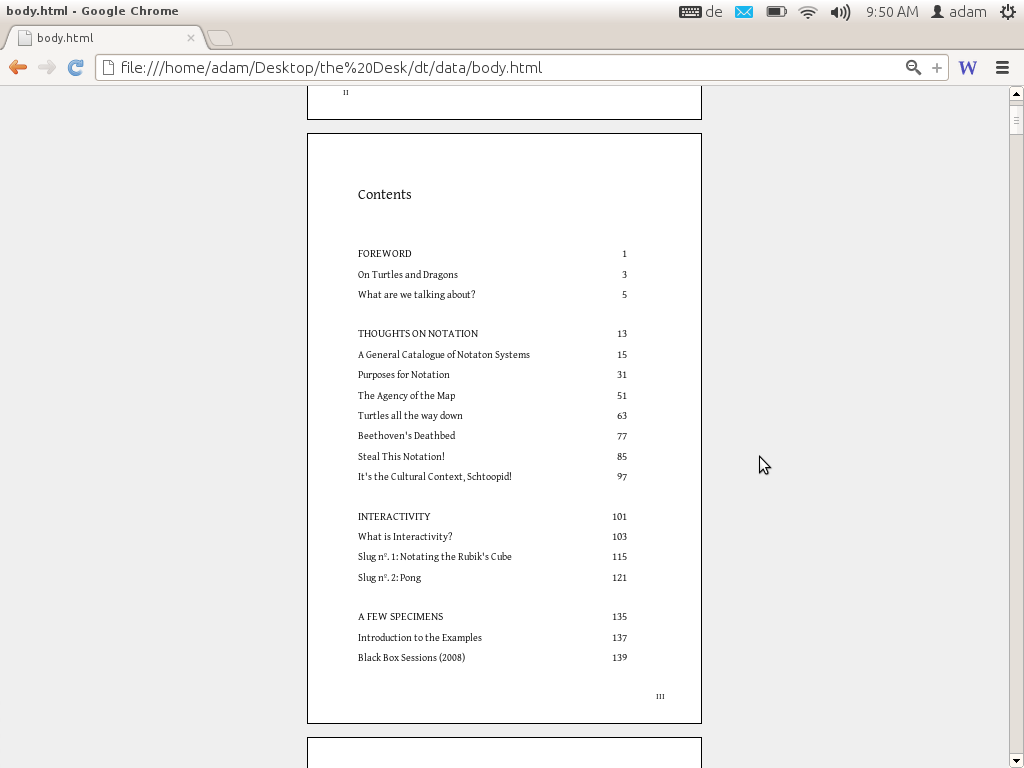
It brings us closer to in-browser print design and a step closer to the demise of desktop publishing. Although book.js is in an alpha form, it is a clear demonstration that the browser is fast becoming the new environment for print design.
That is an enormous leap, one that not only means print design environments can be developed using browser-based technology, which will surely lead to enormous innovation, but it radically changes the process of design. The design of books and paper products enters a networked environment. This will enable more possibilities for collaborative design and bring print production into the workflow of online content production. There will be no need to exit browser-based environments to take content from source to final output. This means there is no need to juggle multiple sources for different stages of production, there can be efficiency gains through integrated workflow, and, most interestingly, content production and design can occur simultaneously…
It is also important to realise that these same technologies, book.js and others that will follow it, can make the same things possible for ebook production. Flowing text into PDF for a paper book, or into e-reader screen display dimensions, is the same thing. This enables synchronous in-browser design and production on a single source for multiple output formats.
book.js is Open Source, developed originally by and for Booktype, but the team is looking to collaborate with whoever would like to push this code base further. It is at the alpha stage and a lot of work still needs to be done, so please consider jumping in, improving the code and contributing back into the public repository.
book.js demo and information can be found here . Note: This is strictly for the geeks to try as it requires the latest version of Chrome; see the demo information.
Originally posted on O’Reilly, 29 October 2012
http://toc.oreilly.com/2012/10/bookjs-turns-your-browser-into-a-print-typesetting-engine.html